As a key equipment for the back-end processing of thin film materials (such as BOPP, CPP, PET, lithium battery separator, optical film, aluminum-plastic film, etc.), the technical level of the film slitting machine is directly related to the quality, production efficiency and cost of the final product. In the next ten years, with the deep integration of Industry 4.0, artificial intelligence, Internet of Things and other technologies, the film slitting machine will undergo a profound change from "mechanized tools" to "intelligent production units".
1. The current technical bottleneck of traditional slitting machines
To look to the future, we must first understand the current situation. At present, mainstream slitting machines (even some high-end models) still have the following pain points:
1. Highly dependent on operator experience: Core parameters such as unwinding tension, rewinding pressure, and tool position setting rely heavily on the experience and feeling of the master, making it difficult to quantify the inheritance.
2. Uncertainty in the production process: Slitting defects (such as streaks, warping, ribs, strings, etc.) cannot be predicted and avoided in real time, and are usually discovered after they occur, resulting in waste.
3. Serious data silos: The equipment operates independently, and the production data (such as energy consumption, efficiency, yield rate) is incomplete or underutilized, making it difficult to conduct in-depth analysis and optimization.
4. Inefficient order change: When changing product specifications, preparation work such as tool adjustment and parameter setting takes a long time, affecting the overall equipment effectiveness (OEE).
5. After-sales maintenance lag: Maintenance is often based on fixed cycles or post-event maintenance, which cannot achieve predictive maintenance and has a high risk of unexpected downtime.
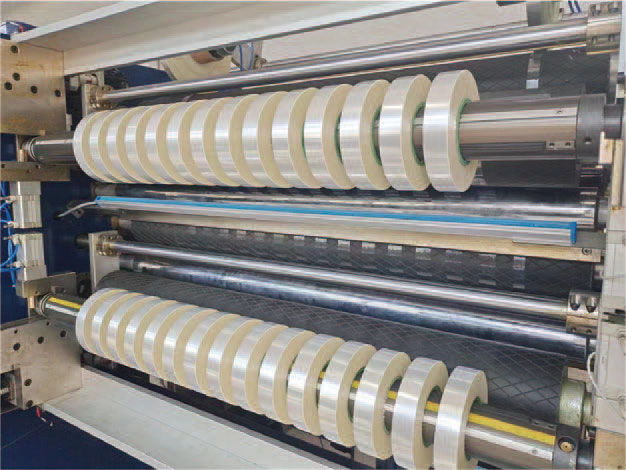
2. Forecast of core technological changes in the next ten years
In response to the above pain points, technological development in the next ten years will focus on the four dimensions of "perception, decision-making, execution, and connection".
1. Intelligent Sensing and Data Interconnection (IoT Layer)
• Multi-dimensional sensing network: The machine will be equipped with richer and more sophisticated sensors, such as high-precision laser rangefinder (real-time monitoring of coil diameter and convexity), micron-level CCD visual inspection system (online monitoring of slitting edge quality, surface defects), infrared thermal imager (monitoring bearing, motor temperature), ultrasonic sensor (detecting core fit), and real-time tension acquisition system.
• Industrial Internet of Things (IIoT) Platforms: All sensors and data will be connected to a unified IIoT platform that seamlessly connects devices with MES (Manufacturing Execution System) and ERP (Enterprise Resource Planning) systems. Each roll of film will have a unique "digital ID" that records all its production data.
2. Artificial Intelligence and Intelligent Decision-Making (AI Brain)
• Process parameter self-optimization system: Based on machine learning (ML) algorithms, the system can learn the historical optimal production data, and automatically recommend or even automatically set the optimal tension, pressure, speed and other parameters according to the current film material, specifications, ambient temperature and humidity and other conditions, greatly reducing the dependence on operators.
• Defect prediction and self-diagnosis: AI models can predict and warn defects (such as burst tendons) minutes or even seconds before they occur by analyzing real-time sensor data, and automatically adjust process parameters or slow down to avoid defects, from "inspection after the fact" to "prevention beforehand".
• Intelligent cutterhead management: Automatically identify blade wear through the vision system, predict tool life based on the number of meters produced, prompt for replacement or automatically call spare tool positions.
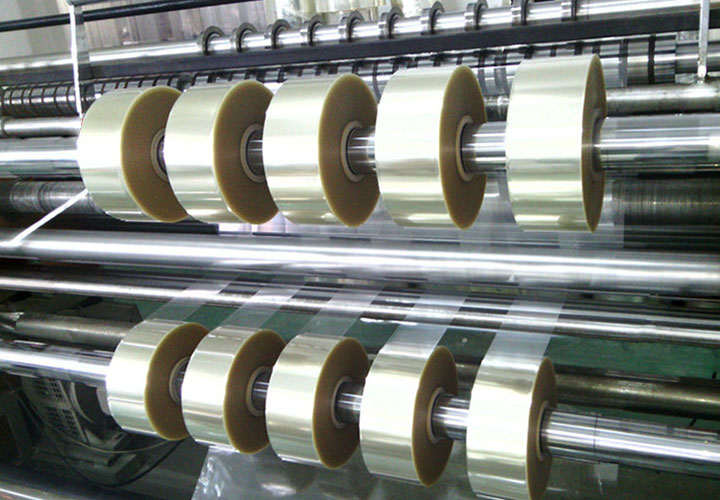
3. Advanced Execution and Institutional Innovation (Physical Layer)
• Direct drive motor (DDR) is widely used: Traditional magnetic powder clutches/brakes will be completely replaced by servo direct drive motors. Direct drive technology provides more accurate, stable, and faster tension control, with no friction, no maintenance, and significant energy savings.
• Flexible and modular design: The equipment adopts more modular designs, such as quick-change tool holder systems and modular rewinding units, to achieve extremely fast order change between products of different specifications (such as "one-click order change" function).
• New winding technology: For high-end films (such as ultra-thin diaphragms), advanced technologies such as center surface winding (CSC), gap winding, and curve slope winding will become standard, and will be accurately controlled by algorithms to ensure neat winding and no internal stress.
• Digital Twin technology: Create a virtual digital twin for each physical slitting machine. Process simulation, debugging and optimization are carried out in advance in the virtual space, and then the optimal parameters are sent to the physical equipment for execution, greatly reducing the cost of trial and error in actual production.
4. Human-machine collaboration and remote operation and maintenance
• AR (Augmented Reality) Assisted Operation and Maintenance: Operators or maintenance engineers can see virtual operation guidelines and equipment parameters superimposed on real equipment through AR glasses, greatly simplifying complex operations and troubleshooting processes.
• Remote expert system: Experts from equipment manufacturers can use 5G network and VR/AR technology to conduct "remote consultations" on customer equipment thousands of miles away, guide on-site personnel to solve problems, and achieve "zero-distance" after-sales support.
• Predictive maintenance: Based on AI analysis based on equipment operation data, the system can predict the failure risk of critical components (such as bearings and motors) in advance, arranging maintenance before failures occur and minimizing unplanned downtime.
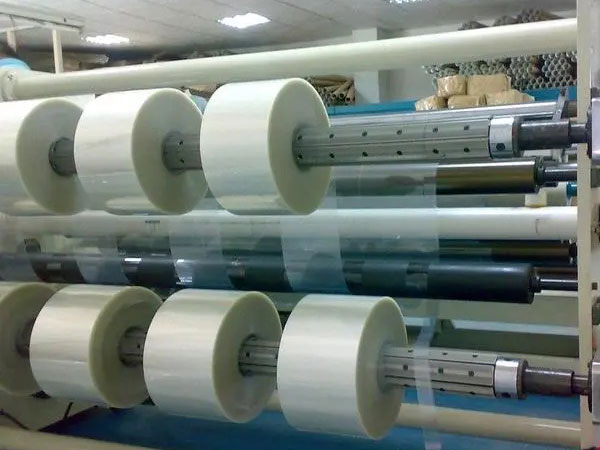
3. Vision of future intelligent slitting machines
By around 2030, an ideal smart film slitting machine would look like this:
1. Before production: The operator scans the QR code of the order, and the equipment automatically calls the digital twin model for simulation, and after confirming that it is correct, it automatically adjusts the tool position and sets all process parameters.
2. In production: The equipment runs at optimal speed under AI control, the vision system "stares" at the film surface in real time, and the AI "brain" continuously fine-tunes parameters to ensure perfect slitting. All production data is uploaded to the cloud platform simultaneously.
3. Post-production: Automatically generate an electronic report with product quality data for each roll and automatically apply QR code labels. At the same time, the system prompts "the spindle bearing is expected to need lubrication after 150 hours" and automatically generates a spare parts order.
4. Global optimization: Factory managers can view the real-time OEE, energy consumption, and yield rankings of all slitting machines on the mobile app, and make decisions based on the optimization suggestions given by the system.
4. Challenges faced
• High initial investment cost: The installation of intelligent and high-end sensors has a high cost.
• Data security and interconnection: The unification of data protocol standards between devices and systems of different brands is a huge challenge.
• Changing talent demand: The role of traditional operators will shift to equipment administrators and data analysts.
conclusion
In the next ten years, the technological transformation of film slitting machines will be a clear evolution path of intelligence, digitalization and flexibility. Its core driving force is to shift from "experience-driven" to "data-driven". Successful equipment manufacturers will no longer be simple machinery suppliers, but service providers that provide integrated solutions of "intelligent equipment + industrial software + data analysis services". For film manufacturers, early layout and investment in intelligent slitting production lines will be an inevitable choice to enhance core competitiveness and cope with the challenges of increasing market requirements for film quality and increasingly fragmented orders.

The intelligent control design of the new generation of film slitting machine represents the transformation of industrial equipment from "tool" to "partner".
20. December, 2025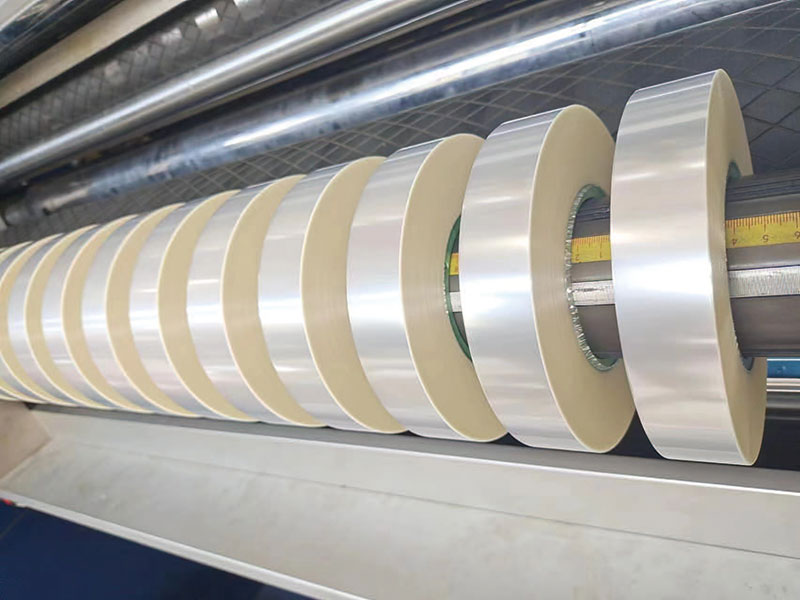
Achieving continuous 1,000 hours of trouble-free operation requires not only systematic technical upgrades, but also all-round innovation from design concept to maintenance strategy.
20. December, 2025
In the face of a dazzling array of models on the market, how to make informed decisions when purchasing?
20. December, 2025
These film materials need to be precisely cut into different widths during the production process to meet the needs of various models and components.
10. December, 2025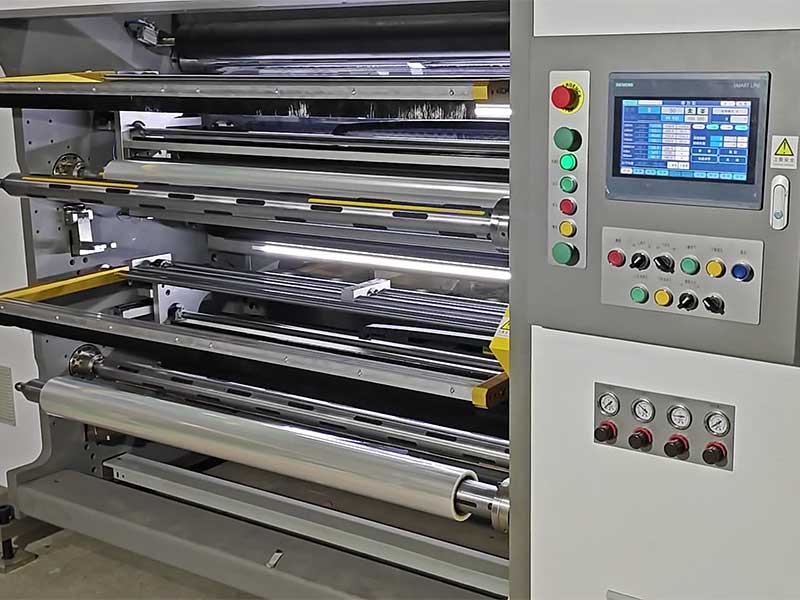
The automotive film slitting machine, an increasingly intelligent "cutting knife", is accurately cutting out redundant costs, inefficient processes and backward production methods.
10. December, 2025